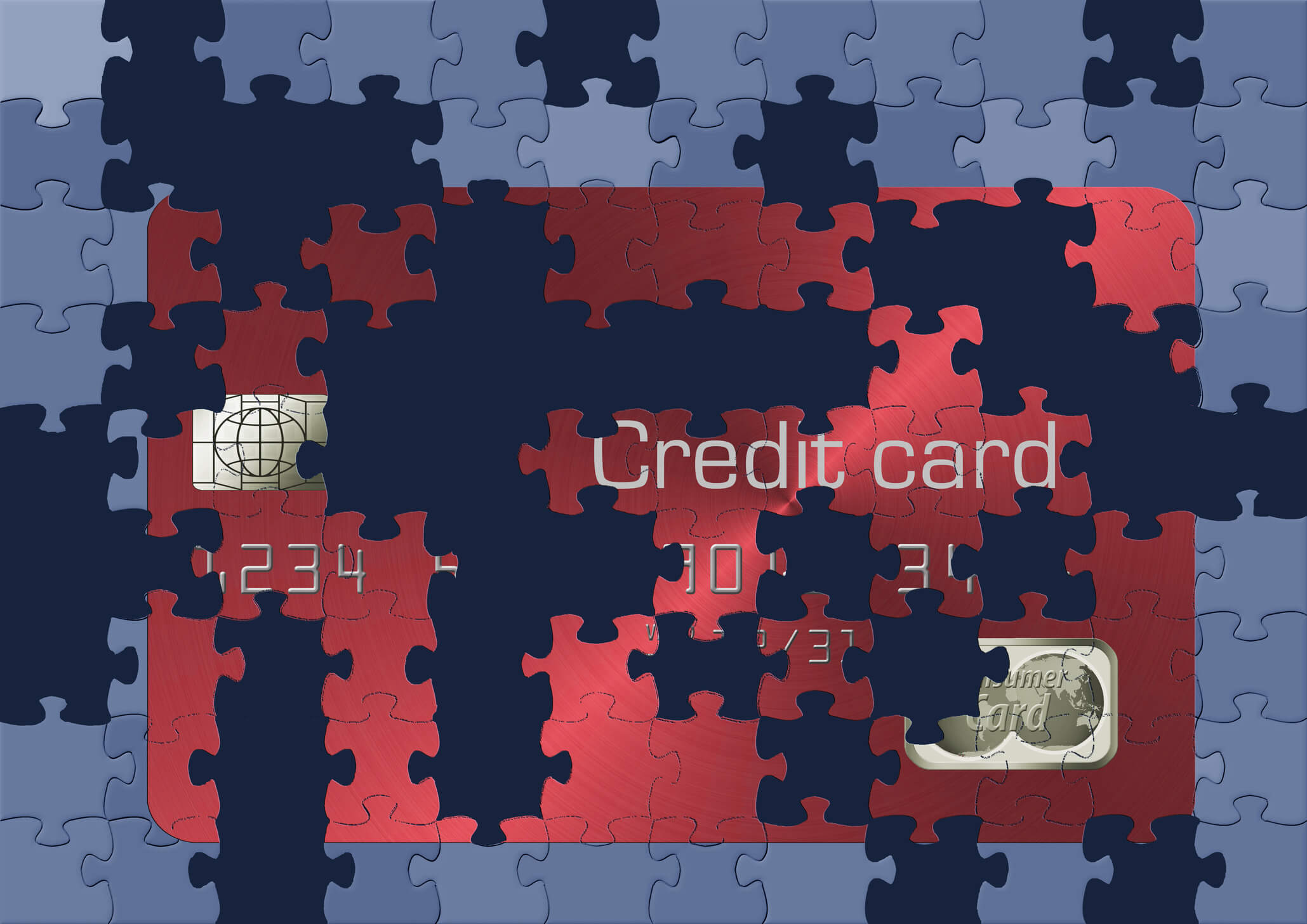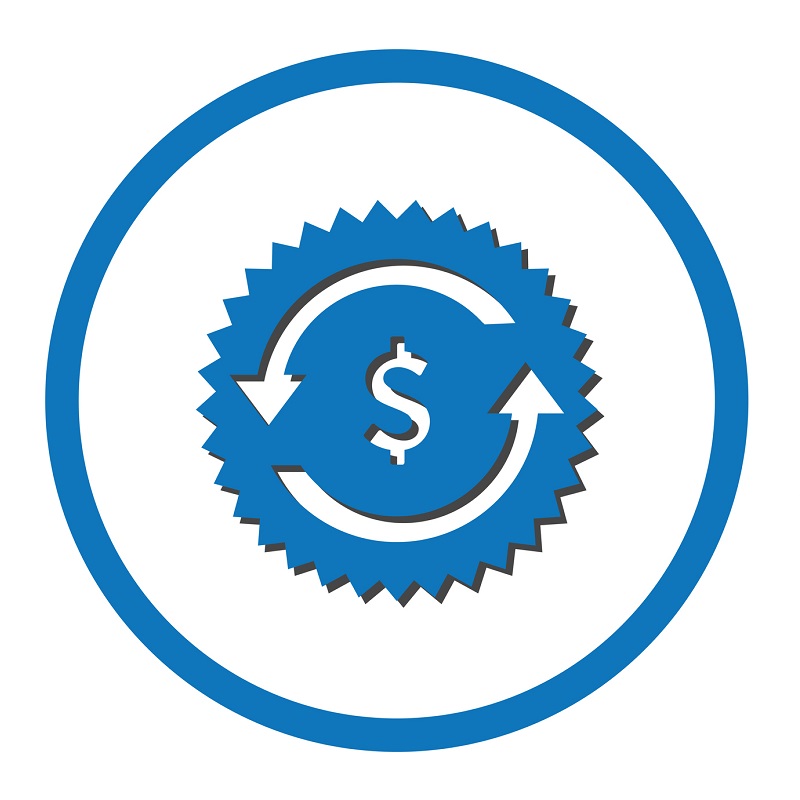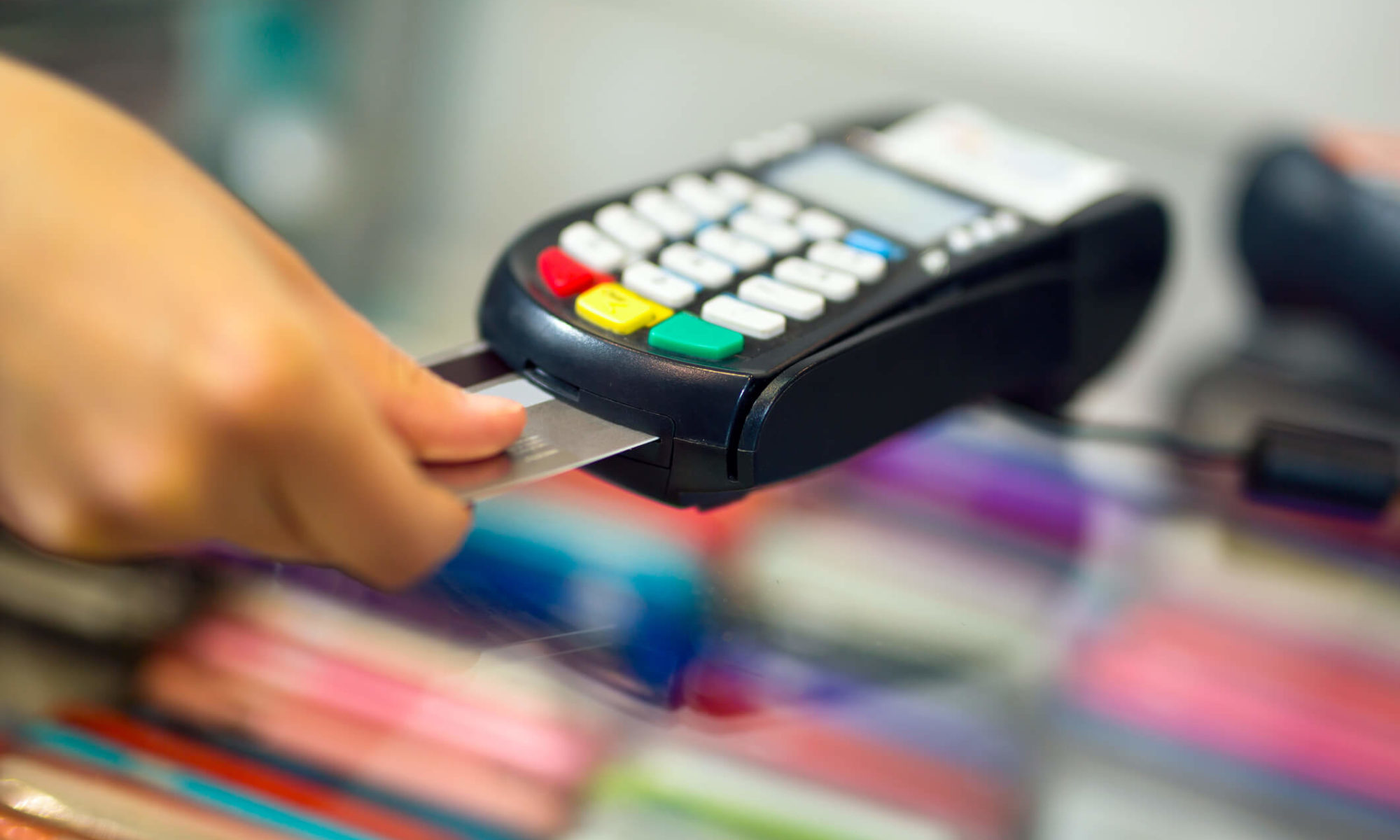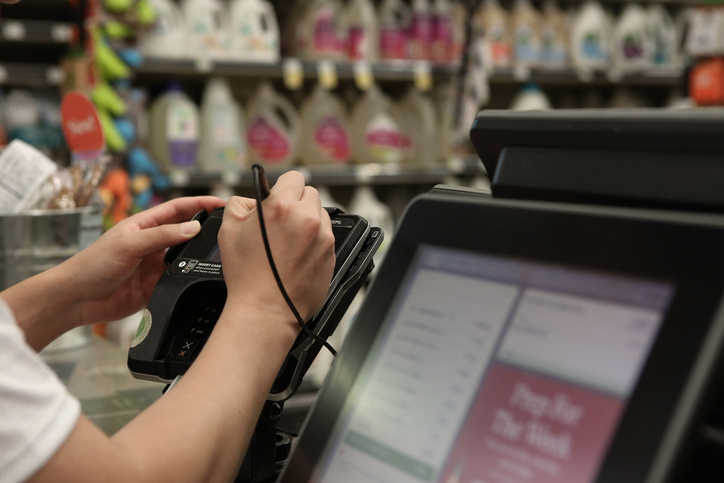Handling chargebacks is a process fraught with frustration. You have to convince the bank that a chargeback dispute isn’t legitimate. It’s difficult – the system is built to favor customers for some good reasons. However, when credit card chargebacks should be reversed, it’s difficult to get it done easily. There is chargeback protection for merchants, like chargeback insurance. Let’s start from the beginning about what you can do.
Challenge the Chargeback
The most important step is to dispute credit card chargebacks when there’s a good reason to do so. If you absolutely know the customer’s in the right, and wasn’t provided a product or service, then don’t waste your and their time. However, if you’re in the right, then challenge that dispute. Most merchants either challenge fewer than half their chargebacks or never contest chargebacks. You should challenge every chargeback that you feel shouldn’t have been made. There’s evidence that this helps reduce the overall number of chargebacks you’ll face down the road.
Chargeback Insurance
Chargeback protection for merchants is available in the form of chargeback insurance. It was mentioned above that many chargebacks are made legitimately. These could be the result of stolen credit cards or credit card information, for instance. In this case, a merchant with chargeback insurance has protection. Such insurance policies may only cover transactions made through a particular payment processor, so be aware how and when you’re covered.
Chargeback Time Limit
Remember too that there is a chargeback time limit. Cardholders in general only have 120 days to file a chargeback related to fraud. There are time limits set up for every step of the dispute and challenge processes as well. Make sure you’re aware of all the time limits at play – they’ll vary by card and other factors – so that you’re able to assess the dispute’s legitimacy as well as your own timing and ability in responding.
For more information on Y2Payments Chargeback protection and how it works, contact us today at 888-693-1850.











